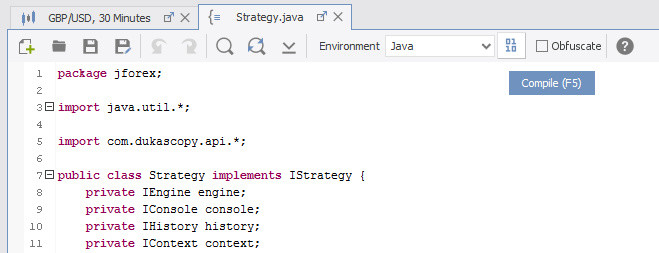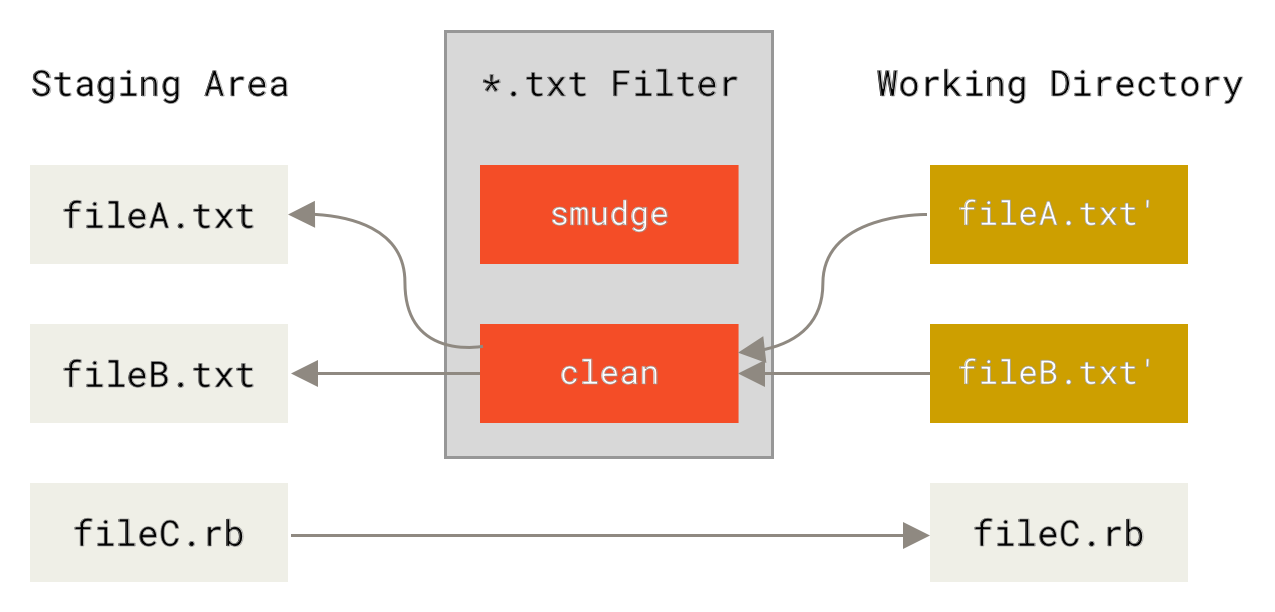
If we talk about a program, we would call that object a variable, but for a static file this term does not seem proper.Īlthough we still can change a data field value by typing new data in the FlexHEX edit window, the Edit Data Field command provides a more convenient way. The User-Defined Data Field is a file area to which the user assigned a type and, optionally, a name. User-defined types may be anchored to address (fixed), data (sticky), or to the input caret (floating).Special unused, align address, and align offset directives.Fixed-size, variable-size, or zero-terminated ANSI and UNICODE strings.Named and anonymous bit structures for accessing bit-based fields.Unsigned and signed decimal, bytes, shorts, integers, and 64-bit integers.
 Hex bytes, words, doublewords, and quadwords. Main edit window: Hex bytes, ANSI/MBCS text, UNICODE text. Simply put, no matter how large your file is, FlexHEX handles it. With FlexHex, this is no longer a problem. For example, 4 Gb is the file size for approximately 18 minutes of video downloaded from a digital video recorder. In many current usage scenarios, a 4 GB file-size limitation is unacceptably small. By huge file we mean a genuine large file, up to eight exabytes long, a theoretical limit of an NTFS volume using 4K cluster size. When a competitor claims their product can edit "huge files", in many cases this means 4Gb or sometimes even less. Multiple files can be opened at the same time. Flash cards and other types of physical drives. Files locked by the system or by another application. Opens and edits files up to 8 exabytes long (i.e. In addition to the powerful editing functions, FlexHEX includes an unlimited Undo/Redo feature, so you are never at risk of losing your data because of a typing error.
Hex bytes, words, doublewords, and quadwords. Main edit window: Hex bytes, ANSI/MBCS text, UNICODE text. Simply put, no matter how large your file is, FlexHEX handles it. With FlexHex, this is no longer a problem. For example, 4 Gb is the file size for approximately 18 minutes of video downloaded from a digital video recorder. In many current usage scenarios, a 4 GB file-size limitation is unacceptably small. By huge file we mean a genuine large file, up to eight exabytes long, a theoretical limit of an NTFS volume using 4K cluster size. When a competitor claims their product can edit "huge files", in many cases this means 4Gb or sometimes even less. Multiple files can be opened at the same time. Flash cards and other types of physical drives. Files locked by the system or by another application. Opens and edits files up to 8 exabytes long (i.e. In addition to the powerful editing functions, FlexHEX includes an unlimited Undo/Redo feature, so you are never at risk of losing your data because of a typing error. 
With FlexHEX you can inspect, modify, insert, search, or replace binary, ASCII, or UNICODE data.

FlexHEX Editor is a full-featured 32-bit hex and disk editor designed to edit binary files, OLE compound files, logical devices, and physical drives.







 0 kommentar(er)
0 kommentar(er)
